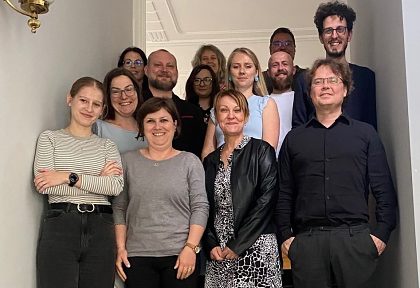
During the meetings with Czech colleagues, the functioning of the TIMES model, input data, their calibration and validation were discussed in detail. SHMÚ provided ČHMÚ with a test model and methodological materials to support their implementation and development of this tool. Discussions also included the possibility of extending modelling from greenhouse gas emissions to air pollutants. Parallel meetings were held with the ČHMÚ management concerning emissions and air quality.
Current issues related to comprehensive revisions under the EU Energy Union Governance Regulation were discussed, along with comparisons of the inventory calculation approaches used by Slovakia and the Czech Republic. Common positions were sought in preparation for the upcoming V4 QA/QC meeting in Budapest. An interesting topic was the regulation of methane and a proposed law in the Czech Republic requiring the reporting of fugitive methane emissions starting in 2026. In addition to deepening cooperation with ČHMÚ in the area of TIMES modelling, SHMÚ gained valuable insights for further development and systematisation of activities related to air quality and emissions in Slovakia.
Participation in the working meeting was highly beneficial, as it enabled participating experts to share information and best practices in the development of emissions inventories, addressing issues related to exceeding emission ceilings and applying appropriate emission factors. The meeting also included the mutual sharing of contacts among experts to streamline future cooperation.

